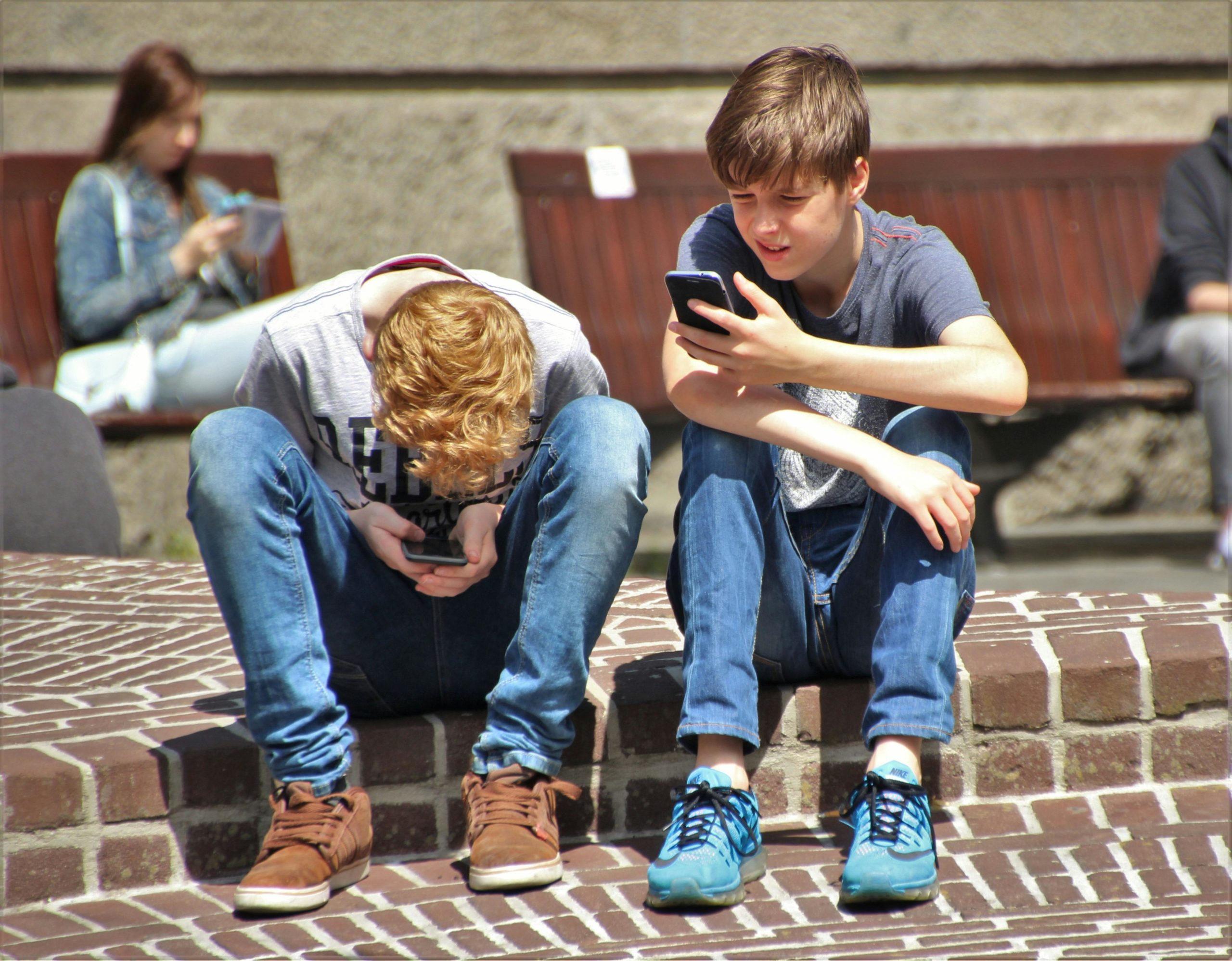The Age of Hyperconnectivity—and Its Hidden Cost
We live in a world where the first thing we check in the morning isn’t the weather—it’s our phone. Whether it’s social media notifications, unread emails, or the latest trending reel, digital life never stops pinging. For Gen Z and Millennials, who grew up with smartphones and social media, being “always online” feels normal—but it’s starting to take a toll. That toll has a name: tech anxiety—and it’s rising fast.
What Is Tech Anxiety?
Tech anxiety refers to the stress, overwhelm, or unease people feel due to digital devices and constant online engagement. It manifests in many ways:
- A sense of panic when you’re without your phone
- Fear of missing out (FOMO) on digital conversations
- Burnout from endless notifications and Zoom fatigue
- Guilt from not responding fast enough to texts or emails
- Restlessness from scrolling late into the night
It’s not just about screen time. It’s about emotional dependency on technology—and it’s affecting mental health, focus, and relationships.
Why Gen Z and Millennials Feel It More
Digital Natives, Emotional Immigrants
Gen Z was practically born with a smartphone in hand. Millennials came of age during the rise of social media. Both groups use technology for everything: work, connection, creativity, self-expression, even self-worth.
Always On = Always Drained
The boundary between online and offline has blurred. There’s no off switch anymore. DMs come in during dinner. Work emails arrive at midnight. Social media creates a 24/7 performance loop.
Mental Load & Comparison Culture
Endless exposure to highlight reels on Instagram, TikTok, or LinkedIn fosters toxic comparison. “Am I doing enough? Am I behind?”—questions that keep the mind buzzing, even offline.
The Impact: More Than Just Screen Fatigue
Here’s how tech anxiety shows up in real life:
- Sleep Disruption: Blue light and late-night scrolling interfere with sleep cycles.
- Reduced Focus: Constant distractions impact memory and concentration.
- Increased Loneliness: Ironically, always being online can make people feel more isolated.
- Emotional Burnout: The pressure to stay updated, relevant, and responsive is exhausting.
According to a 2024
Global Wellness Report, 72% of Gen Z respondents said their phone use negatively affected their mental health, yet only 26% had taken steps to limit it.
Breaking the Loop: Can You Really Unplug?
The goal isn’t to ditch tech—it’s to use it mindfully. Here’s how to start:
1. Create “Tech-Free” Zones
Designate areas or times where screens are off-limits—like your bedroom or first hour after waking up.
2. Schedule ‘Do Not Disturb’ Time
Use your phone’s built-in tools to pause notifications daily. Start with 30 minutes and build from there.
3. Turn Off Non-Essential Alerts
Do you really need Instagram, game, or email pings all day? Trim it down to the essentials.
4. Reconnect With Offline Activities
Whether it’s a walk, journal, art, or conversation—invest time in things that don’t need a screen.
5. Track Screen Time (Without Shame)
Awareness is powerful. Use screen time reports to notice trends—not to guilt yourself, but to guide choices.
Redefining Digital Wellness
Tech isn’t the villain. It connects us, informs us, empowers us. But constant access doesn’t mean constant availability. For Gen Z and Millennials, the next big flex might not be going viral—but knowing when to log off, breathe, and be present.
Final Thought: You’re Allowed to Disconnect
In a world wired for distraction, choosing peace over pings is revolutionary. The next time you feel that subtle itch to scroll, pause for a moment. Ask yourself: “Am I here, or just online?” Because being always available shouldn’t mean being always anxious.














Leave a comment